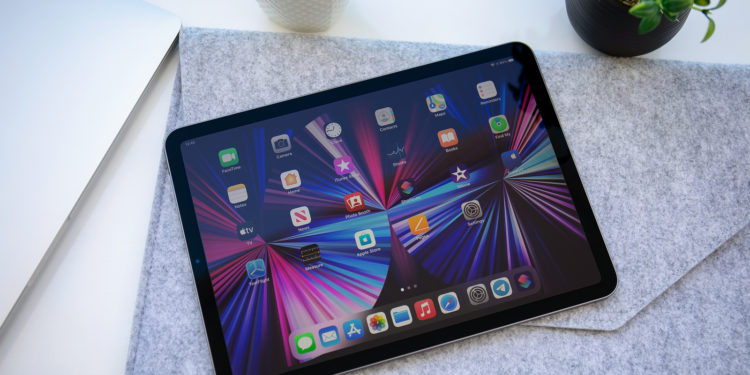According to a new report, Apple could use “hybrid” OLED technology in iPads by 2024, which could enable slimmer devices while reducing production costs.
By combining rigid OLED glass substrates with a flexible OLED thin-film encapsulation, hybrid OLED technology is said to make OLED panels thinner than rigid OLED panels. The process is also said to have lower production costs than flexible OLED panels because it does not require a backlight, as DigiTimes reported. Hybrid OLED technology was first mentioned in August in a report by Korean newspaper The Elec, which said Apple could use it in iPads by 2024. However, that report claimed that Apple prefers hybrid OLED technology to the flexible OLED panels it uses in its iPhone models, as the flexible panels tend to visibly "wrinkle," especially with larger screens. The revival of the rumor comes in conjunction with a report that says Apple has added another manufacturing partner to its supply chain that will likely be involved in the upcoming refreshes of the 12.9-inch iPad Pro and MacBook Pro.
Apple wants to switch to hybrid OLED technology
Taiwan Surface Mounting Technology (Taiwan SMT) will adopt the SMT process for the mini-LED backlight of the 12.9-inch iPad Pro and MacBook Pro, thus entering Apple's supply chain for the first time, industry sources say.
The report claims that Apple has been financially supporting Taiwan SMT's efforts to expand its production capacity. Some equipment is dedicated to the SMT process for mini-LED backlights, which is more difficult to achieve than standard LED backlights because the former uses more mini-LED chips. Currently, the only Apple devices that use mini-LEDs are the 14- and 16-inch MacBook Pro and the 12.9-inch iPad Pro. All three devices are expected to be updated with M2 chips before the end of the year. Apple is expected to continue using mini-LED backlights until hybrid OLED technology is mature and ready for the market, which the report says is unlikely to happen before 2024. (Photo by DenPhoto / Bigstockphoto)





